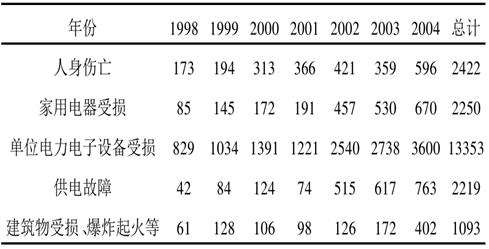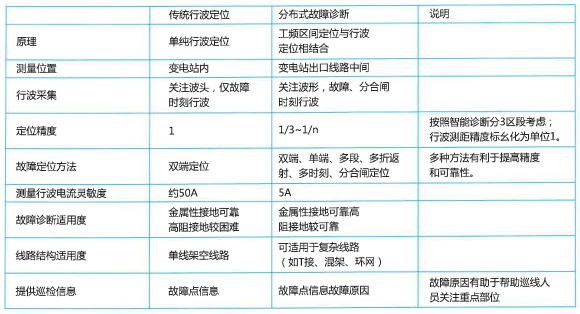System background:
The transmission line is an important part of the power equipment. The transmission line is to provide the electricity for the production and living of the users along the line. Once the line stops running, it can not supply the power normally. It will cause the production and life of the related areas to be big trouble, which brings great hidden danger to the national energy security.
Common fault of transmission line:
1, lightning strikes: detours the lightning line to the wire;
2, lightning strikes back: lightning strikes the top of the tower, lightning arrester and other parts, resulting in insulator flashover fault;
3, crane and other illegal construction work;
4. Theft and destruction of electric power facilities;
5, housing barrier, tree barrier, cross crossing highway;
6, burn crops under transmission lines and fire in mountain forests.
7, floating objects (such as kite flying, balloons, white trash) and so on;
8, transmission line wind bias flashover fault;
9, bird damage and so on;
10. The fault of line icing;
11, line pollution flashover;
1998-2004 year statistics of lightning injury:

Characteristics of transmission line fault:
1. Long lines and wide coverage
2. The operation environment is bad, and the failure is very easy.
3. The point of failure is not obvious and it is difficult to find
Distributed fault location monitoring system:
System introduction:
1. It consists of distributed terminal installed on transmission lines and backstage data center stations.
2, the system can locate the fault location of transmission lines and identify the cause of the fault.
Meaning and function:
1. Quickly determine the fault distance and determine the fault type.
2, timely patrol, locate fault points or trouble spots;
3, the time of fault repair is shortened.
4, reduce the workload of manual patrol.
5, reduce the power outage losses, effectively guarantee the stable operation of the system.
Scope of application:
The system is suitable for monitoring and diagnosing the lightning / non lightning fault information of power lines with voltage levels above 35kV and above. It is especially suitable for trans regional and trans regional lines, T connection and hybrid transmission lines, lightning failure high incidence lines, high impedance fault (vegetation, mountain fire, etc.) high frequency transmission lines. The route of difficult line in mountainous area, the area affected by typhoon and the important line concerned with the safety of power grid.
Technical principles:
The system uses a new method to identify the properties of lightning / non lightning faults and accurately locate the fault points. Through the characteristics of different transient traveling waves formed by lightning strikes, this method identifies the fault properties of lightning strike and counterattack, and identifies the tree barriers, mountain fires and floating objects through the characteristics of different transient traveling waves formed when the non lightning faults occur. Six types of fault characteristics, such as icing, wind deflection and external force damage of crane, are used to accurately locate fault points by using interval location and traveling wave location. This method takes the disadvantages of the traditional method, which requires the installation of the testing equipment by the base tower. Only one observation point every 15-30 kilometers and three on-line monitoring devices are installed on the whole line of the line. It can realize the monitoring of the nature of the whole line fault. It is an advanced and practical lightning strike / non lightning fault character recognition. Don't go with the positioning system.
Distributed fault diagnosis system is compared with traditional traveling wave location:



